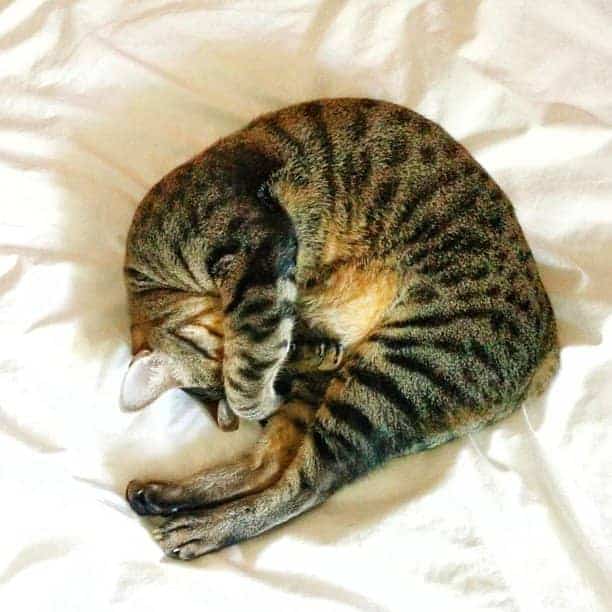If your pet has been diagnosed with congestive heart failure, which causes fluid buildup, often in the lungs, you will probably be asked to monitor the response to medications by measuring your pet’s resting respiratory rate at home.

This is best done when the pet is sleeping, but can be done while the pet is quietly resting. Monitoring the sleeping or resting respiratory rate is a good way to tell if your pet’s heart failure is being well controlled by drugs or not. When the drugs are working well, the pet should be feeling good and the resting / sleeping respiratory rate should be between 12 to 30 breaths per minute.
Related: Why the increase in dog respiratory infections?
If the rate increases or exceeds 30 breaths per minute, it might indicate that there is fluid building back up in the lungs. This alerts you to call your veterinarian and after an evaluation, you may be instructed you to increase the dose of diuretics or add or change other heart medications as well.
Measuring the sleeping or resting respiratory rate

The sleeping or resting respiratory rate should be obtained when the pet is comfortable, in a comfortable environment that is not too hot or cold, and not after any exertional activity. If sleeping, the pet should be in a deep sleep, not in a twitching (dreaming state).
The respiratory rate should be counted for a full minute if possible, although 15 seconds is often sufficient and then multiply by 4. One breath is made up of two components: breathing in and breathing out. It should look like one fluid motion of the chest expanding and contracting.
It’s a good idea to keep a journal and document the sleeping or resting respiratory rate 2-3 times a week. That way, if there’s a gradual trend that goes up, you can easily track that.
There is a free App that can be downloaded from the Apple Store: Ceva’s Cardalis RR app. Below is a video link for an iPhone App: Dog Heart Disease Monitor App
These allow you to measure the respiratory rate by tapping the screen of your smartphone or tablet in time with the breathing. You can then email the results to your veterinarian, and make treatment decisions with the advice of your veterinarian.
Since your animal companion can’t tell you when they’re feeling bad, monitoring the sleeping or resting respiratory rate is a great way for you to be your cat or dog’s advocate and work with your veterinarian to intervene early, before your cat or dog is truly in trouble.


